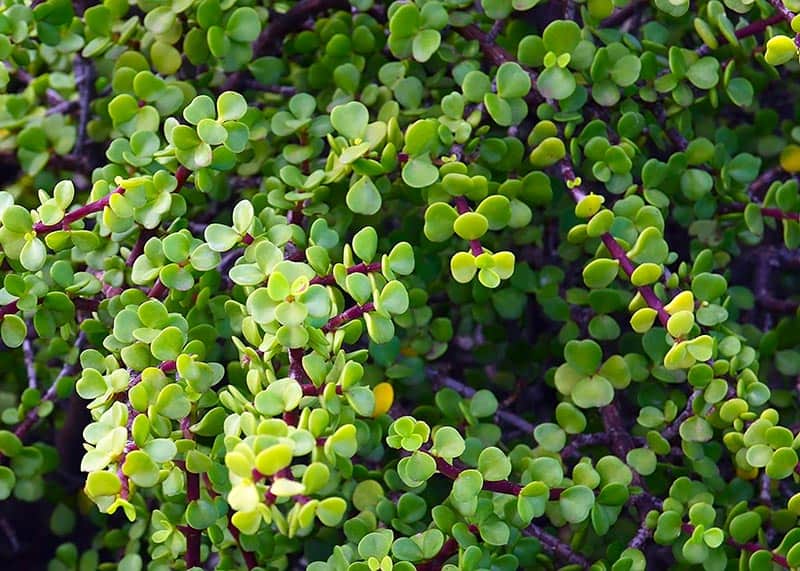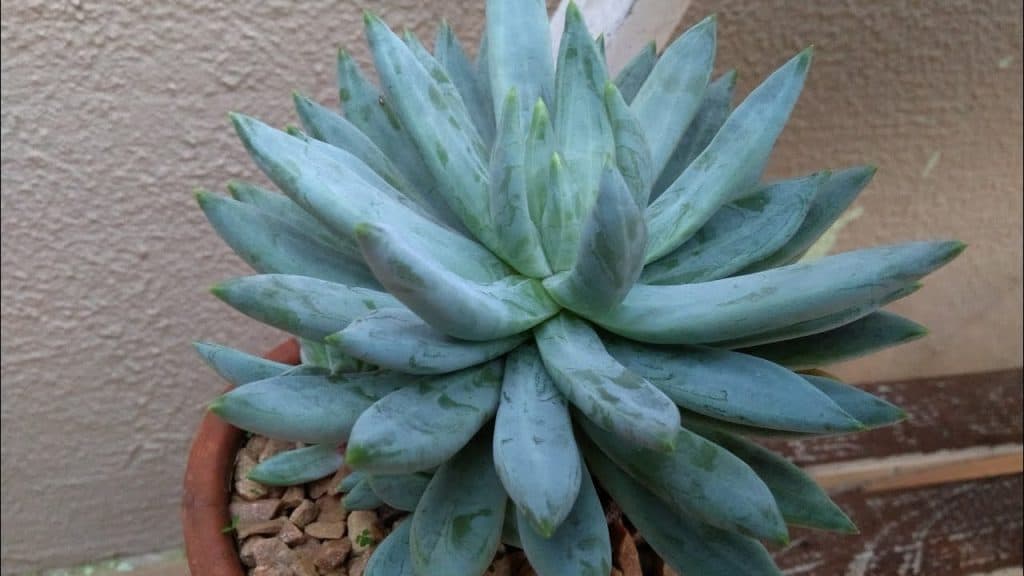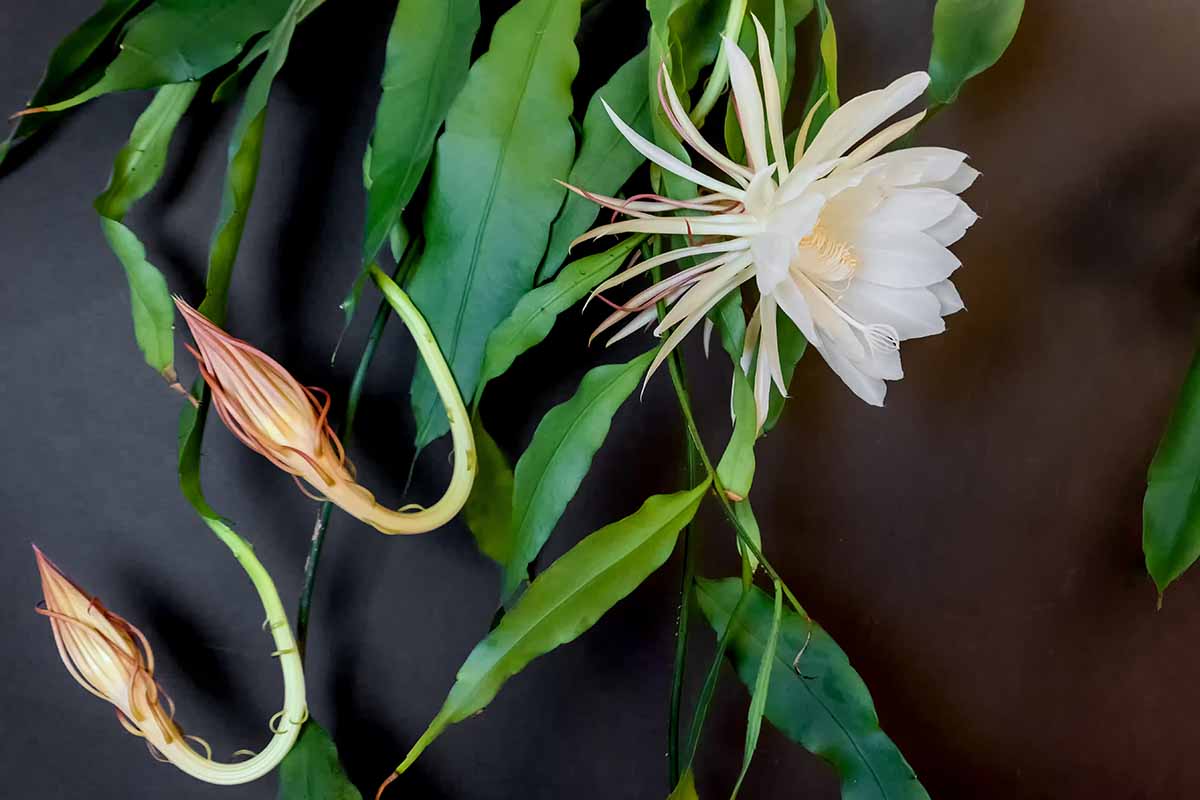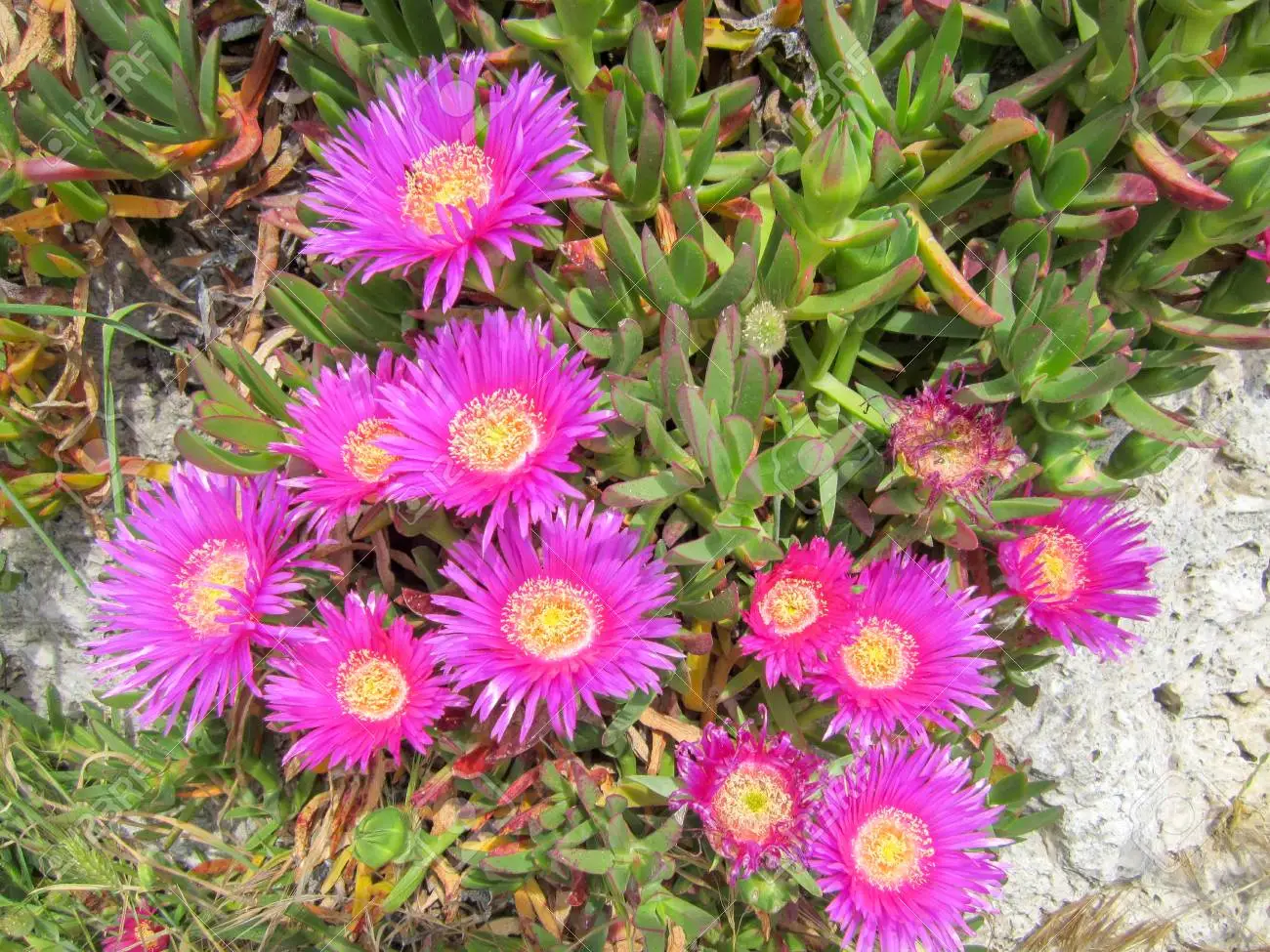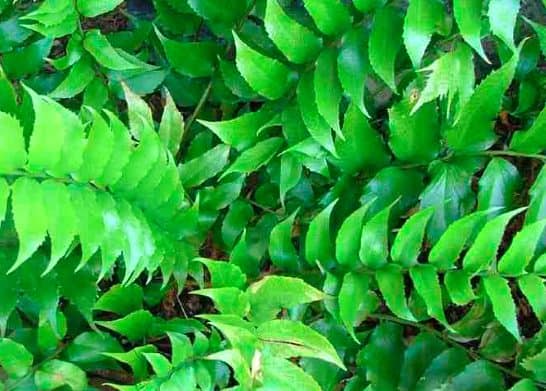Portulacaria afra, also known as an elephant food plant, succulent elephant bush plant, dwarf Jade, porkbush, bonsai jade, purslane tree, and spekboom in Afrikaans, is a succulent shrub that can grow up to 2 feet tall and make an excellent houseplant or patio plant depending on your climate zone.
This plant requires minimal attention but there are some things you can do to help it thrive and even outgrow its dwarf status.
The Elephant bush plant is also an evergreen succulent that thrives in the subtropical climates of Southern Africa. It can be found growing naturally on rocky outcrops in semi-arid areas where annual rainfall averages less than 500 millimeters (20 inches).
They are commonly grown as landscape plants in Zones 9 and 10, as well as in containers as indoor houseplants in cooler climates.
Portulacaria afra is an easy-to-grow plant that offers stunning foliage, interesting flowers, and other benefits, but it does have some specific care requirements you should be aware of before you try to grow it.
Here are some Portulacaria afra care tips to get the most out of your Elephant Bush and keep it healthy in any environment.
Origin and distribution
Portulacaria afra, or Elephant bush plant, is native to Africa and can be found in humid areas on rocky hillsides or near lakes and streams. They generally grow best in full sun but can tolerate some shade. The plant’s natural range includes Mozambique, Zimbabwe, Zambia, Botswana, and Tanzania.
It was introduced into cultivation in South Africa where it has become a popular landscape plant. In addition to its use as an ornamental garden shrub, Elephant Bush has also been used medicinally by indigenous peoples of southern Africa for centuries. It is still commonly used today as a traditional medicine throughout much of sub-Saharan Africa.
Modern research has validated many of these uses, making Elephant Bush one of Africa’s most valuable medicinal plants. For example, extracts from Portulacaria afra have been shown to have potent anti-inflammatory properties and are widely used as herbal remedies for treating a variety of inflammatory disorders including arthritis, ulcerative colitis, and other bowel disorders.
It is even being investigated as a treatment for certain types of cancer due to its ability to inhibit tumor growth through immune stimulation.
Portulacaria afra propagation
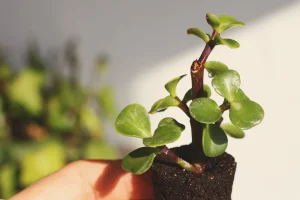
Elephant bush succulent is propagated through cuttings. A cutting is a section of a plant that has been removed from its original plant and used to start a new one. The process is straightforward and only requires a few steps. The initial step to propagation is choosing good-quality cuttings from an established tree.
It’s important to choose stems with lots of leaves, as these will produce larger plants than those with fewer leaves. Choose stems that are two years old or older, as they have more mature root systems than younger ones. Cut off any flowers on your stem so you don’t have any competition for nutrients once it’s planted in the soil.
Remove all but four to six leaves from your cutting. This will allow for ample air circulation around your stem while still providing enough shade for photosynthesis. Once you’ve prepared your stem, take a sharp knife and make a clean cut straight across at least three nodes (the place where a leaf meets the stem). This allows each node to grow into its own branch when planted in soil.
Elephant bush care information
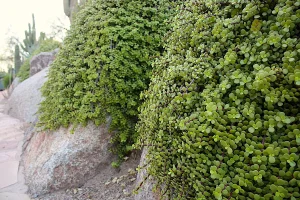
Portulacaria afra is a very low-maintenance succulent. However, there are some important things to keep in mind when it comes to growing and caring for your plant. The tips below will help you get started with your first Portulacaria afra plant.
Use a cactus mix or other specialized soil for your spekboom succulents if possible. If using regular potting soil, choose one labeled well-draining or fast-draining rather than regular potting soil from your local garden center; these types of soils have been specially formulated to promote fast drainage and prevent root rot.
Light requirements
Plant your portulacaria afra in a brightly lit area that gets at least four hours of sunlight each day. They thrive in fluorescent light, though they can survive in lower-light environments.
If you’re growing them indoors, place your plant near a window that receives direct sunlight for at least half of each day. If you have no choice but to place your plant under fluorescent lighting, supplement it with natural sunlight as often as possible.
Soil/potting mix
Elephant bush succulent does well in a wide range of soil conditions. However, it appreciates sandy, fast-draining soil with plenty of grit.
If your soil is heavy and/or clay-like, it’s best to pot your elephant bush in a decorative basket filled with cactus and succulent potting mix or sand. In other words, don’t plant your Elephant Bush directly into garden soil unless you want to bury it!
On that note, make sure your pot has ample drainage holes—it should never sit in water. And finally, give your potted Portulacaria plenty of sun and room to grow; its shallow roots can easily be damaged by wind if they aren’t allowed to spread out freely within their container.
Watering
Portulacaria afra is a succulent and therefore requires only moderate watering. Most people over-water their plants, so be careful to only water them when they need them. If your plant is starting to look pale or yellow, it needs more water. On the other hand, if you can feel that its soil is dry even after you’ve watered it well, then you may have been watering too much. You should also make sure that your pot has drainage holes in order to prevent root rot.
Fertilizer
Because portulacaria afra is succulent, it does not need a lot of fertilizer. You can use a balanced houseplant fertilizer if you like.
But be careful not to over-fertilize; excessive amounts of nitrogen or phosphorous can cause your plant to produce large, soft leaves and lots of new growth without adding size to its overall structure. Fertilizing may also make your plant more susceptible to pests and diseases. Once a month should be enough.
Temperature
Portulacaria afra thrives in warmer environments. In fact, it does best when temperatures are consistently above 70 degrees Fahrenheit and below 90 degrees Fahrenheit.
Exposing your plant to cooler temperatures can result in a leaf-tip burn, which turns leaves brown. If you live in a colder climate, you may want to grow your Elephant Bush indoors or consider purchasing a plant that’s already acclimated to your area.
Humidity
Elephant bush succulent thrives in humid conditions and needs consistently moist soil to do well. As such, try to keep your plant as close to 50% humidity at all times as possible. If you live in a particularly dry climate, it’s recommended that you regularly mist your plant and even place it on a small humidifier or in an area near running water. However, make sure not to saturate it; your Portulacaria will rot if too much water is present around its roots.
Pruning
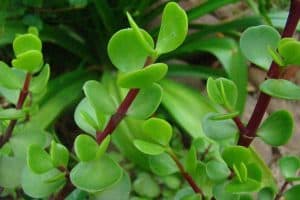
Many people who grow Portulacaria afra (spekboom) are interested in growing it into a bonsai tree. The plant has small leaves and is known for its naturally twisted branches, which makes it an excellent candidate for Bonsai cultivation. However, if you’re not interested in pruning, you don’t have to worry about doing so!
In order to properly prune your Elephant Bush, you need to know what type of growth pattern you want. If you’d like to keep it as a bush, then simply cut off any stems that are longer than 6 inches. For example, if you don’t want leaves to grow on one side of your plant and would rather have more space between branches, trim them back with clean scissors.
If you prefer a Bonsai tree-like shape, then pruning is essential! Begin by clipping off all leaves on your plant with sharp scissors. It’s best to do it in spring or summer when there are more new leaves available.
Your Elephant Bush will be more likely to grow back if you use clean cutters and remove each leaf individually from its stem rather than cutting through multiple stems at once. Once it’s finished growing for the season, trim back any branches that have grown too long and thin out smaller branches that are growing close together.
When to repot
Portulacaria afra should be repotted during its dormant period, from January to March. It is generally a good idea to repot any plant that has been in its container for more than two years during dormancy.
It requires water just once every 10 days during its active growth cycle, or every five days during its dormant stage. Too much water can cause root rot, so keep an eye on moisture levels. If you notice your elephant bush’s leaves begin to turn yellow and fall off, it’s likely suffering from over-watering. Over-watering can also lead to fungal diseases like powdery mildew and botrytis.
Dormancy
When dormancy begins, you can place your plant in a cool spot with low light and it will remain there until springtime. You may notice leaves falling off as dormancy sets in; however, don’t worry, they’ll grow back just fine in spring! Portulacaria afra is dormant from summer to early fall.
During these months, water only enough to keep soil from drying out completely and reduce fertilizer applications by half. Water only when soil is dry to touch—when you stick your finger into moist soil and it feels dry beyond that point, stop watering. Stop fertilizing during dormancy as well.
Portulacaria afra flowers & fragrance
Portulacaria afra is perhaps best known for its flowers, which are initially green and eventually turn pink, and can smell like a combination of violets and strawberries. The flowers attract bees during the blooming season, while their fruit offers sustenance to birds. Those who enjoy fragrance will find Portulacaria’s flower-laden branches an excellent addition to their home or office.
Growth rate
The Portulacaria afra will grow slowly in its native habitat, but it is a very fast grower indoors. Expect new growth of about 1/4 inch each week, especially if you repot your plant and give it plenty of water and fertilizer. Keep your plant on a slow-release fertilizer to maintain good growth.
Toxicity
Portulacaria afra is not known to be toxic. It will only cause a reaction if you have an allergy or sensitivity to one of its constituents. Keep away from pets and children.
USDA Hardiness Zones
Portulacaria afra grows very well in USDA hardiness zones 9b through 11. In colder climates, it can be grown as a houseplant or outdoors as a groundcover. It does not tolerate temperatures below 20 degrees Fahrenheit. If you live in an area that experiences freezing temperatures, you will need to bring your plant indoors during the winter months.
If you live in a warmer climate, keep your plant outdoors year-round and protect it from heat and direct sunlight during the summer months.
Pests and diseases
Although they’re not as common in tropical plants as they are in temperate ones, pests and diseases can still be an issue with Elephant Bush. For example, a fungal disease called Fusarium may be an issue in low-light conditions. If you notice browning leaves on your Portulacaria, remove them at once and try to increase your light exposure.
You should also keep an eye out for aphids, mealybugs, and spider mites—all of which could potentially infest your plant. It’s important to note that pesticides aren’t always effective against these insects; instead, it might be best to use insecticidal soap or neem oil sprays (you can find these online or at garden centers).
Conclusion
Portulacaria afra, commonly called Elephant Bush, is a common indoor bonsai, and so it’s often referred to as bonsai portulacaria afra or bonsai jade. Its striking texture and versatility make it a great addition to any collection.
This plant thrives in both small and large spaces, as well as indoors or outdoors. It is not fussy about soil type but prefers regular watering in the spring and summer months. Be sure to give your Elephant Bush at least one weekly flush of tepid water to help keep its leaves free of dust and debris.
